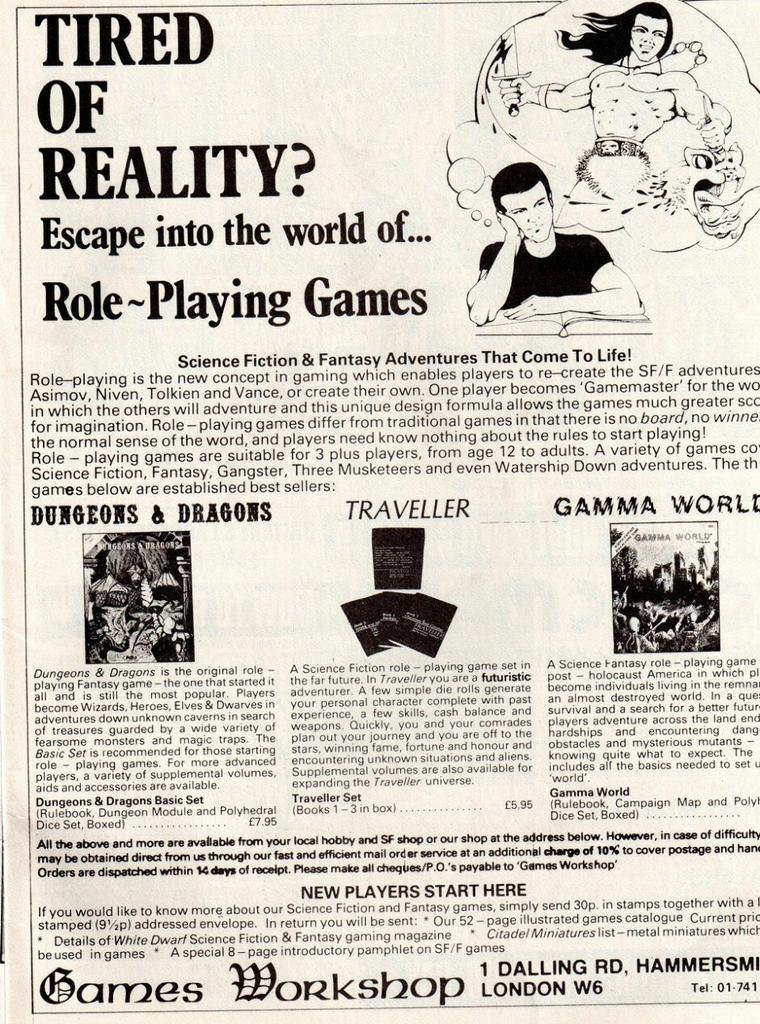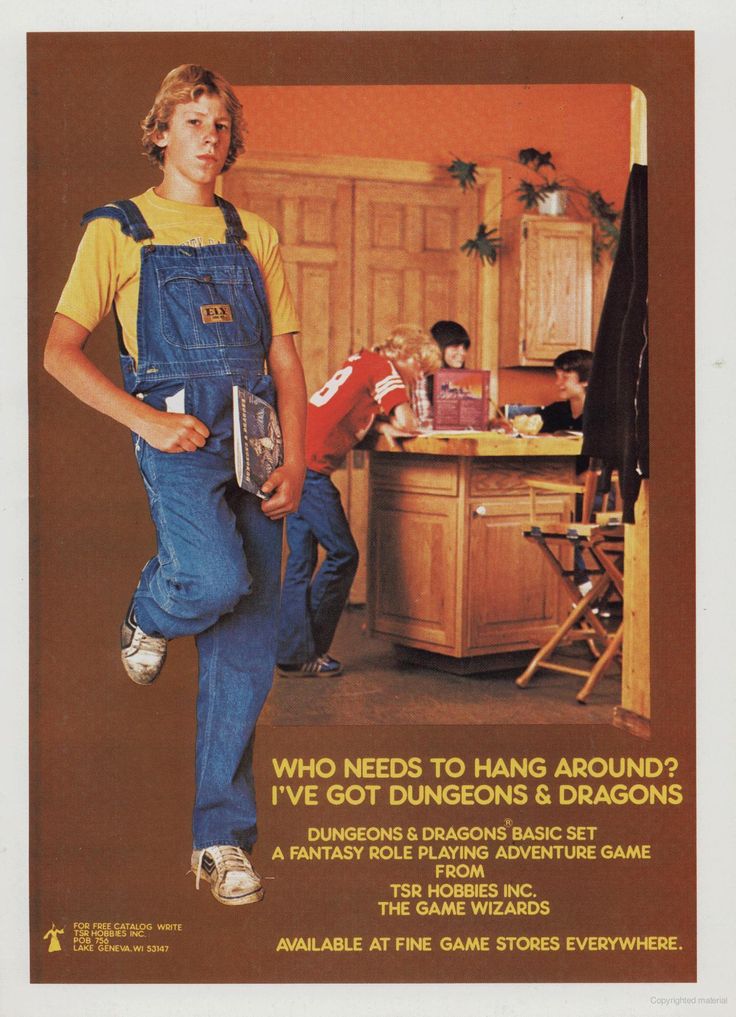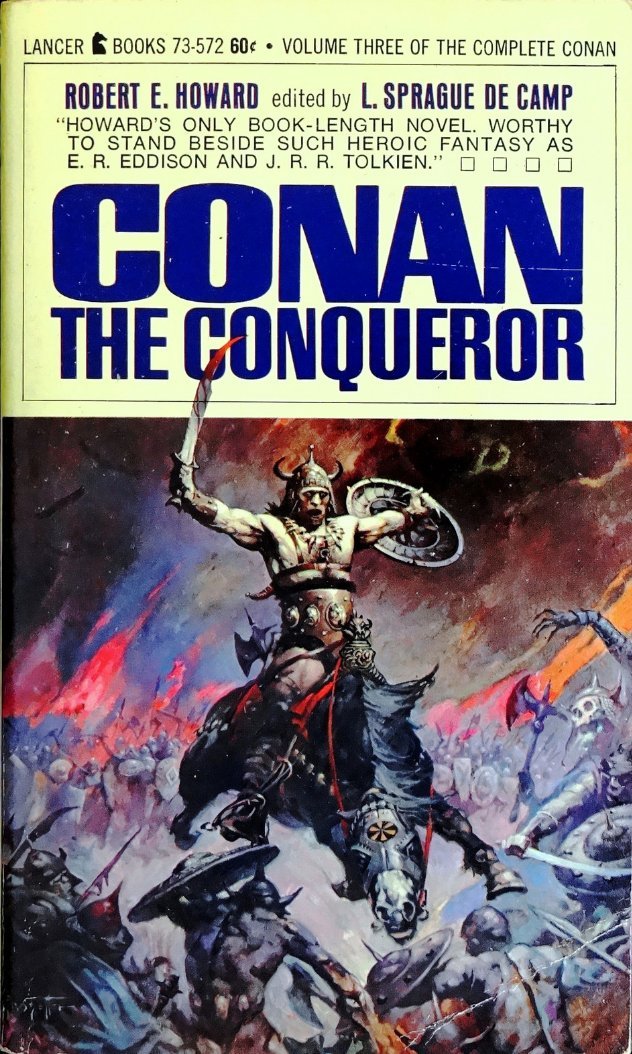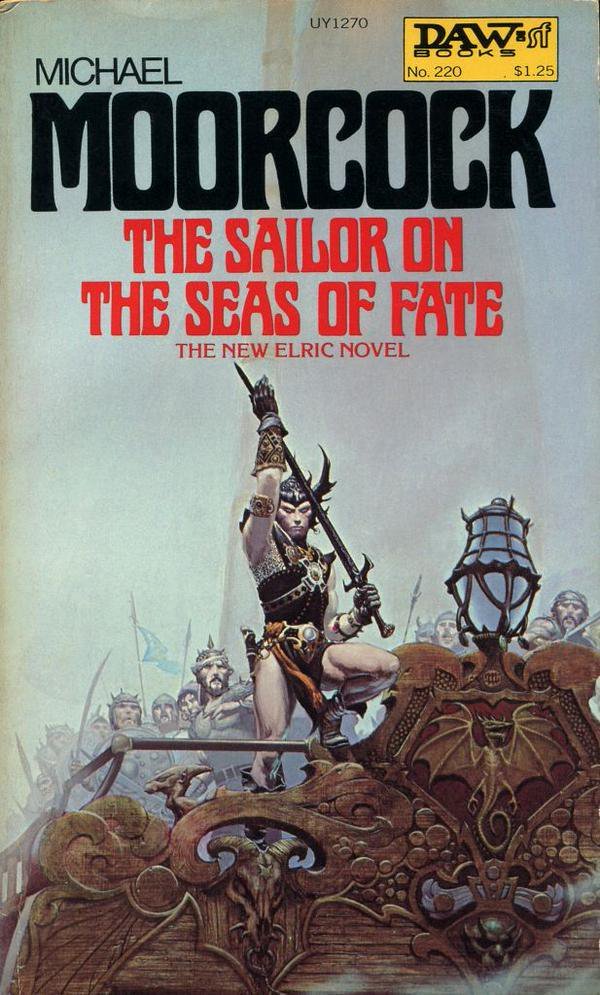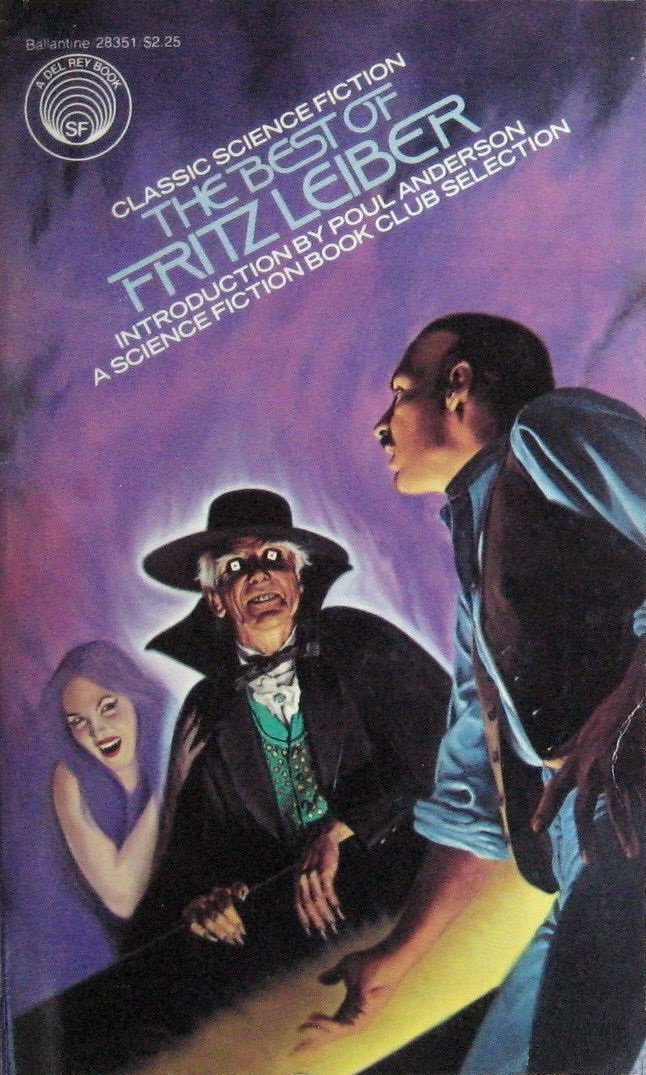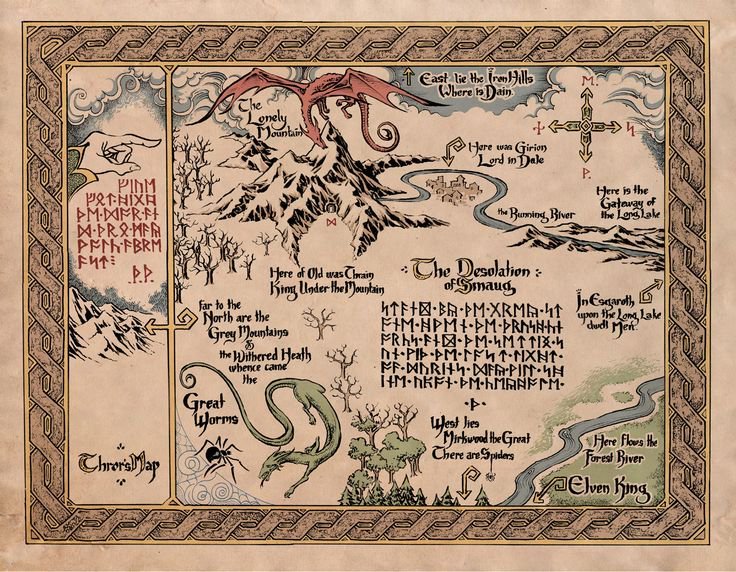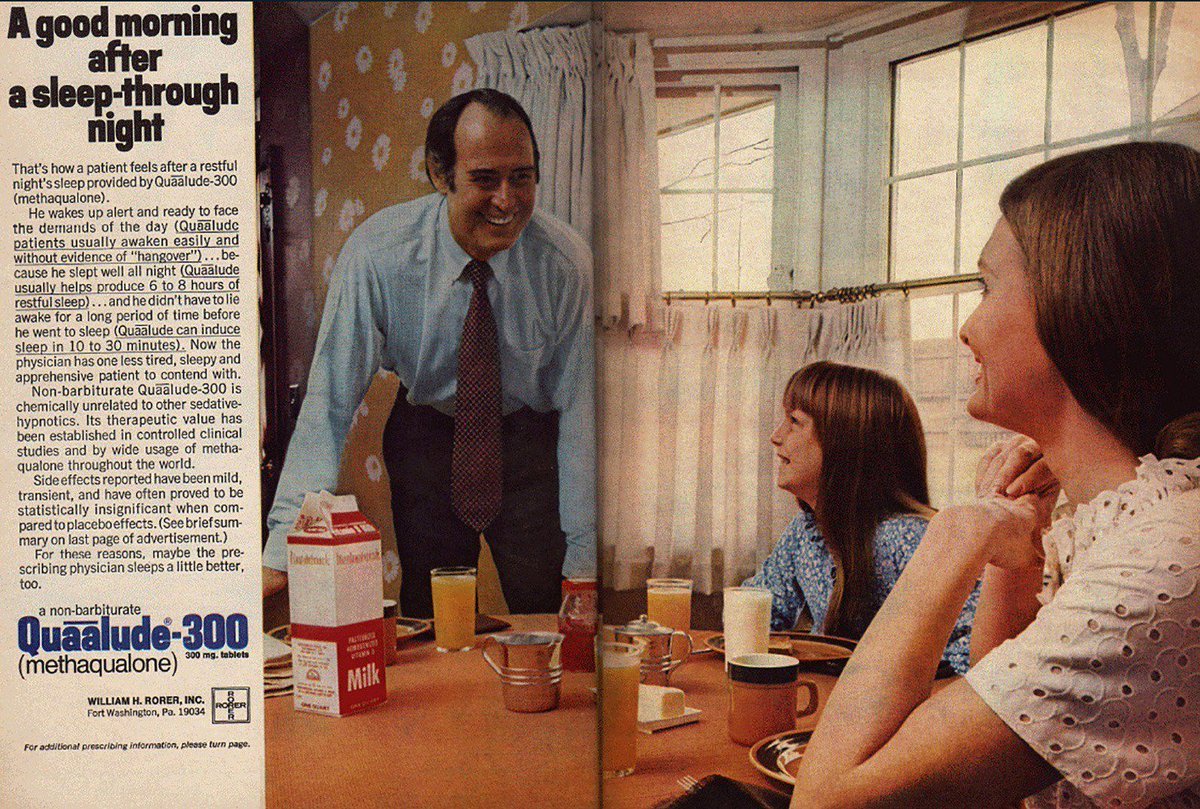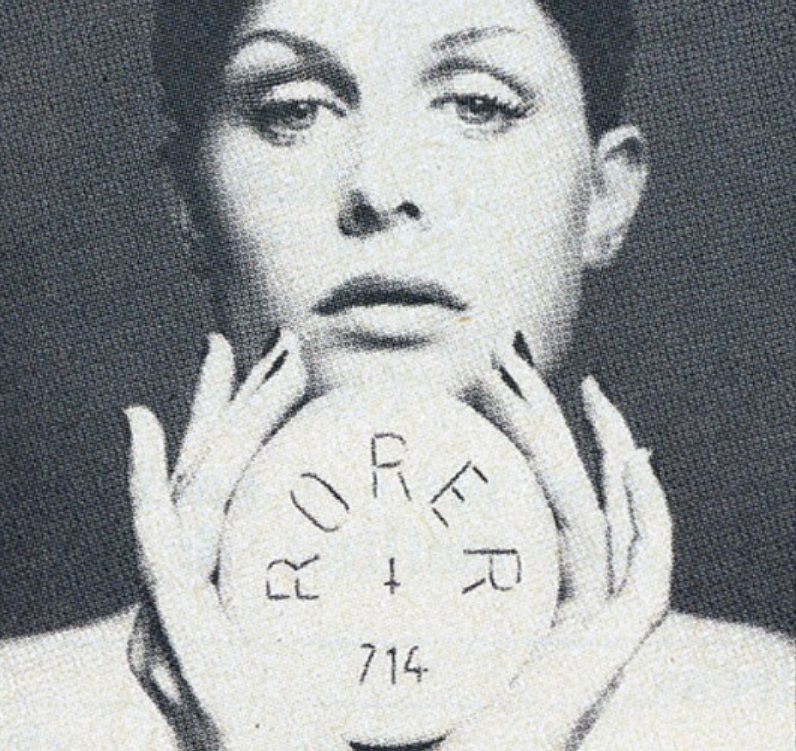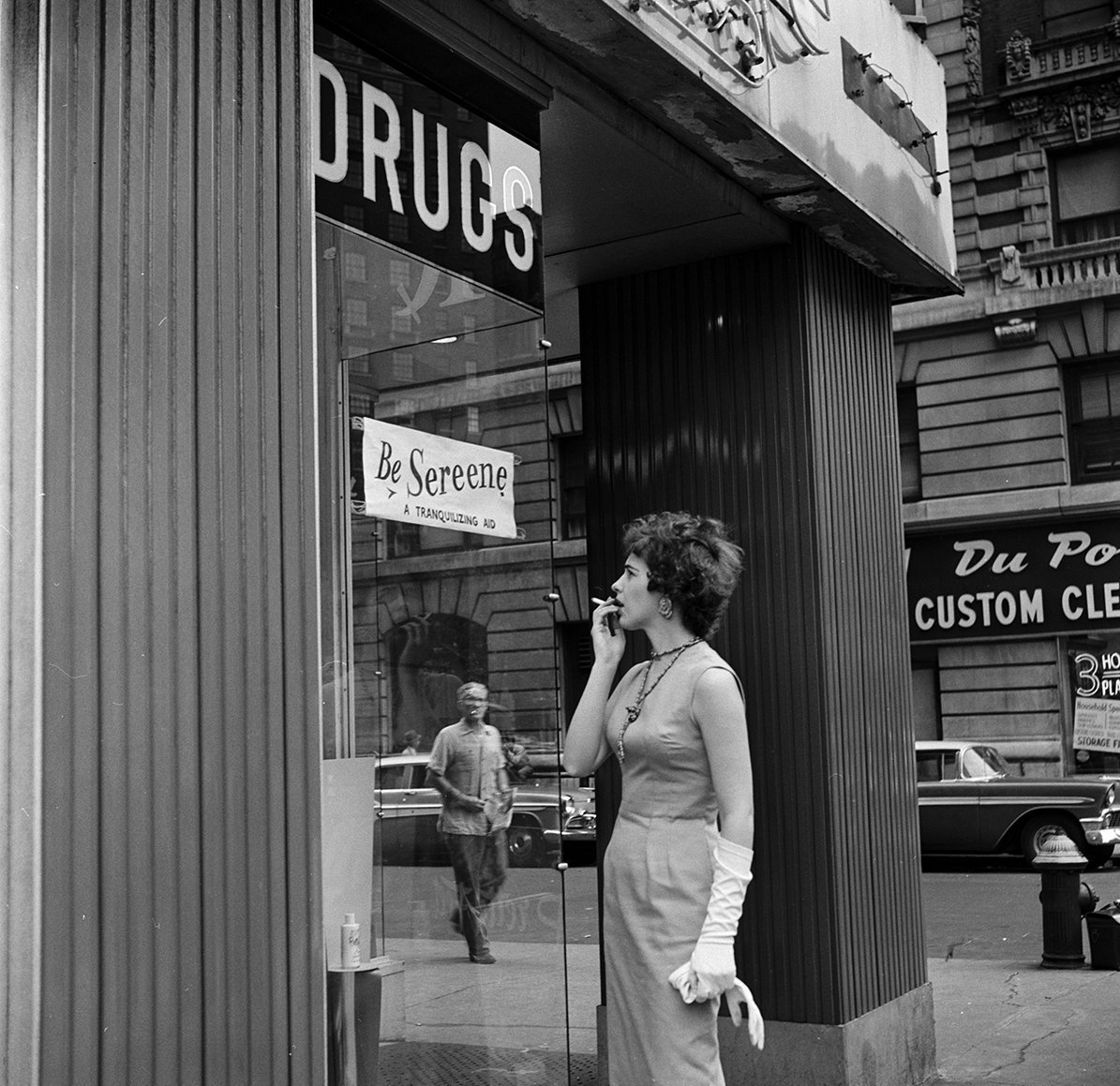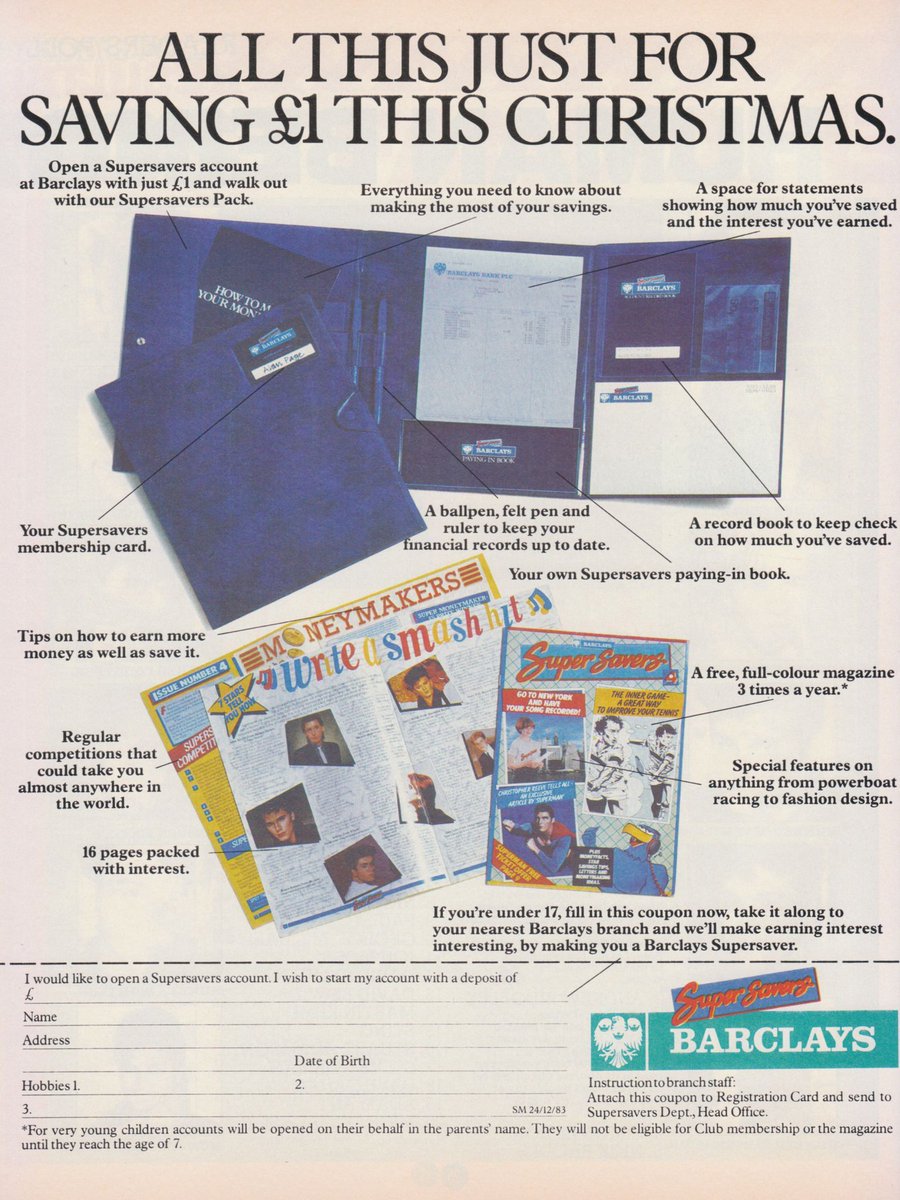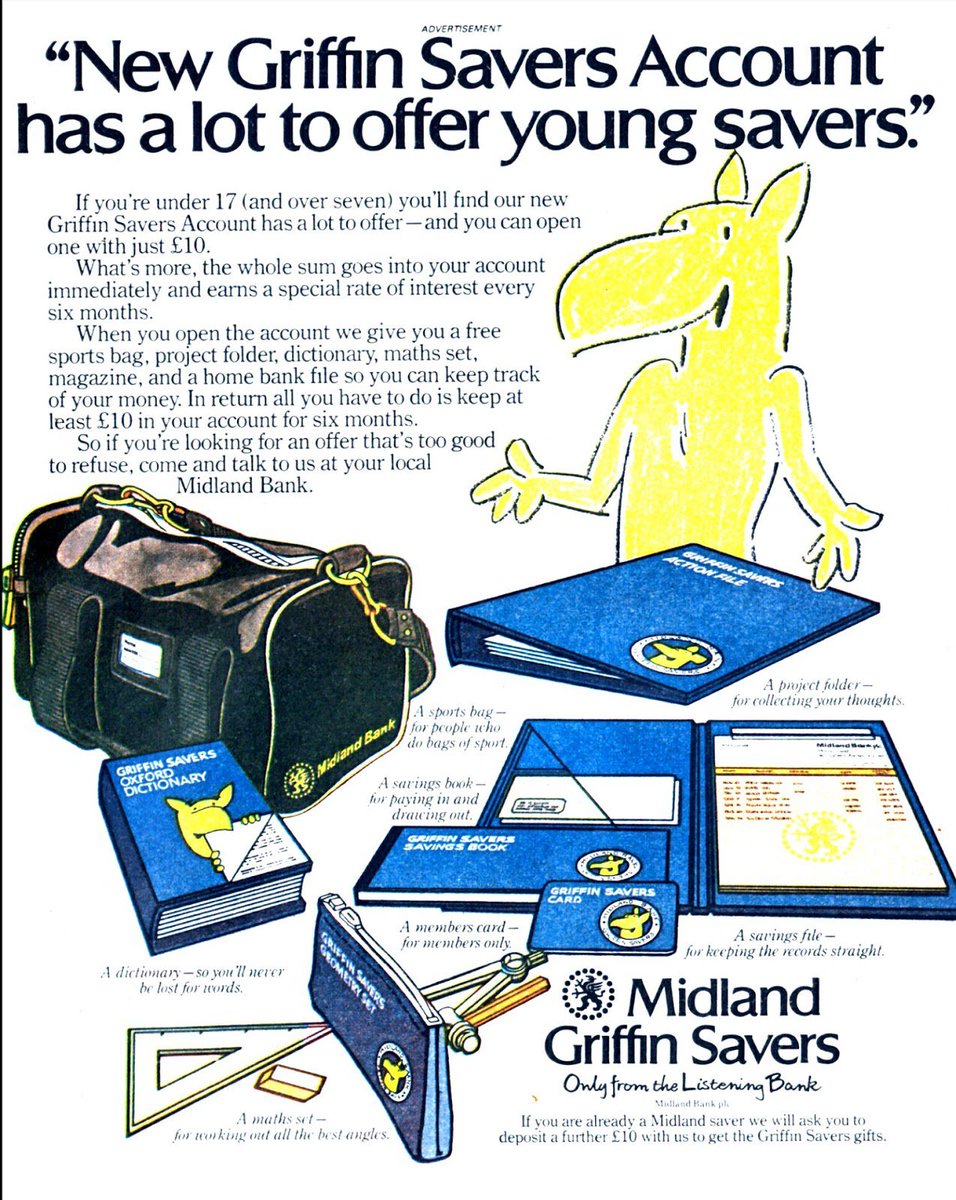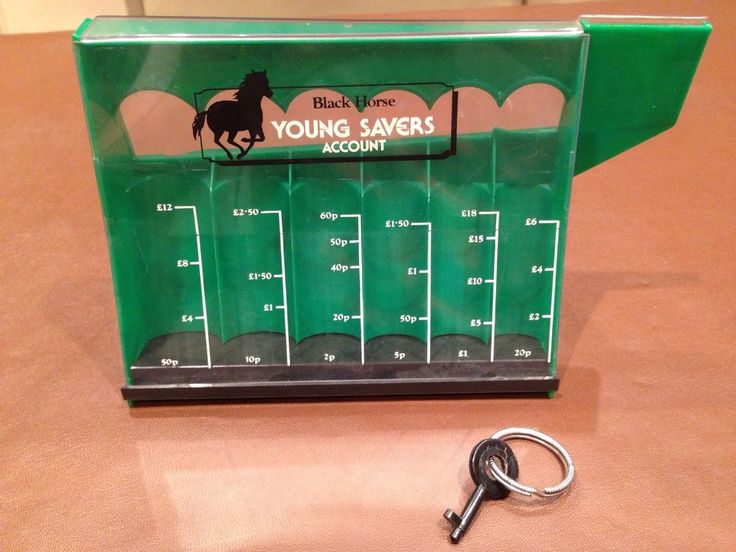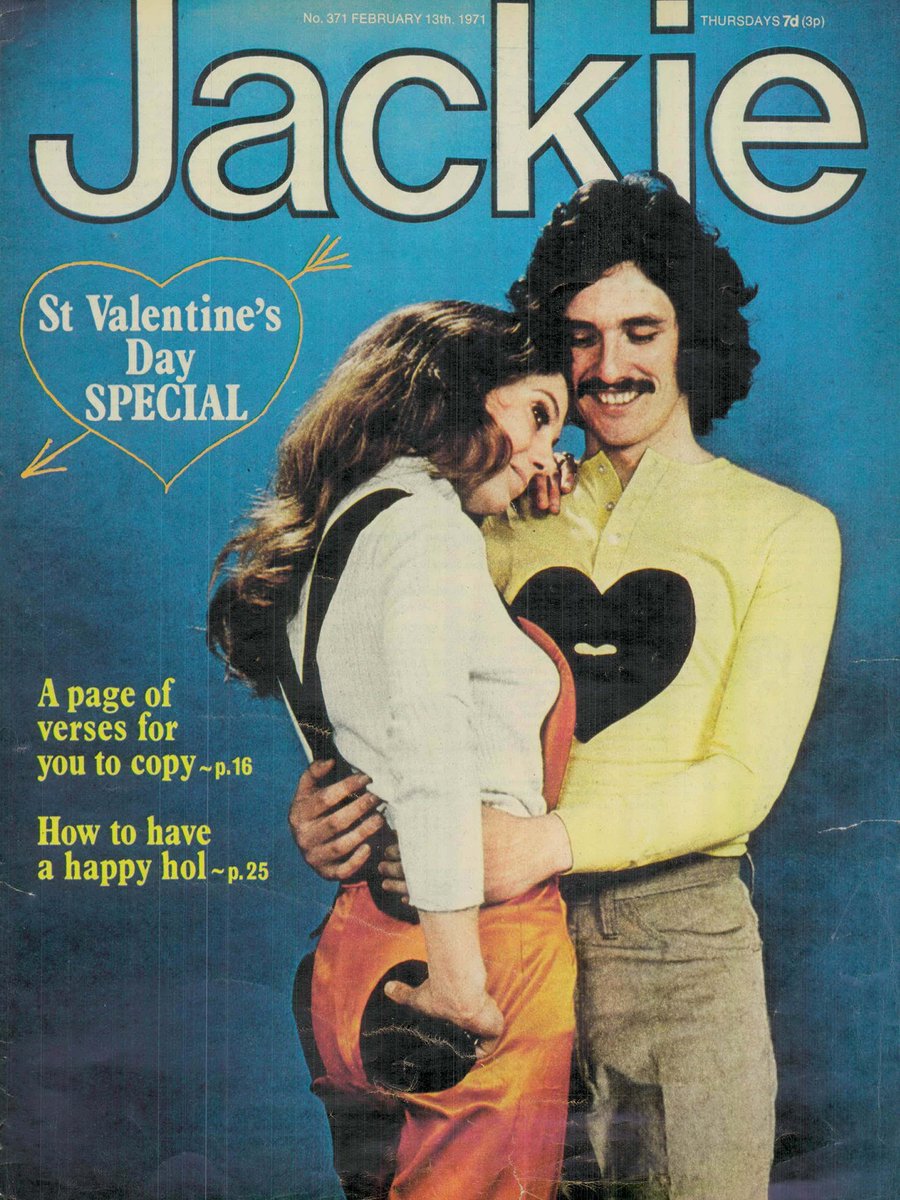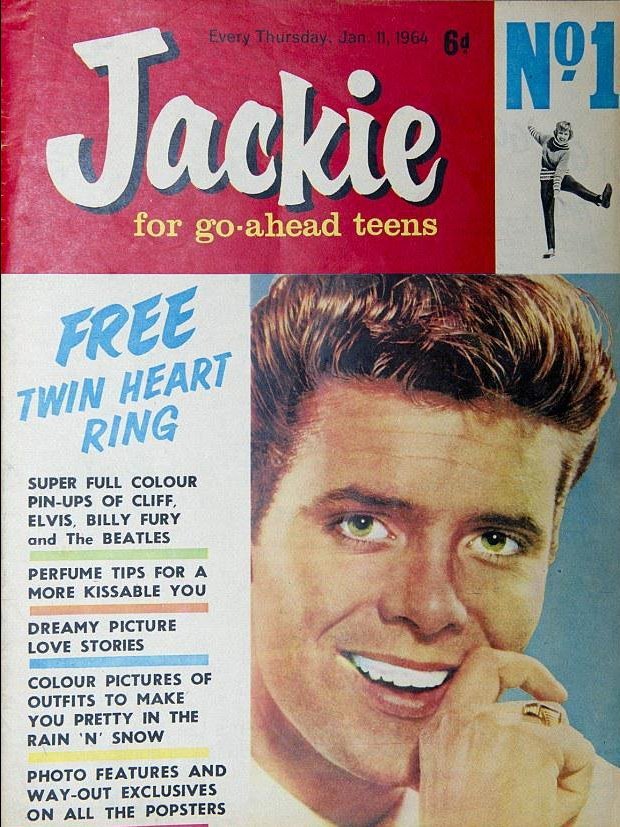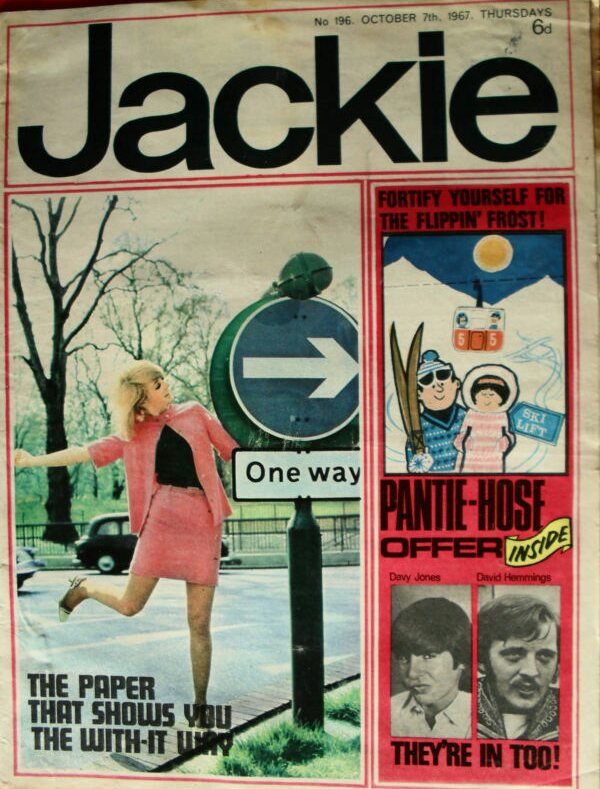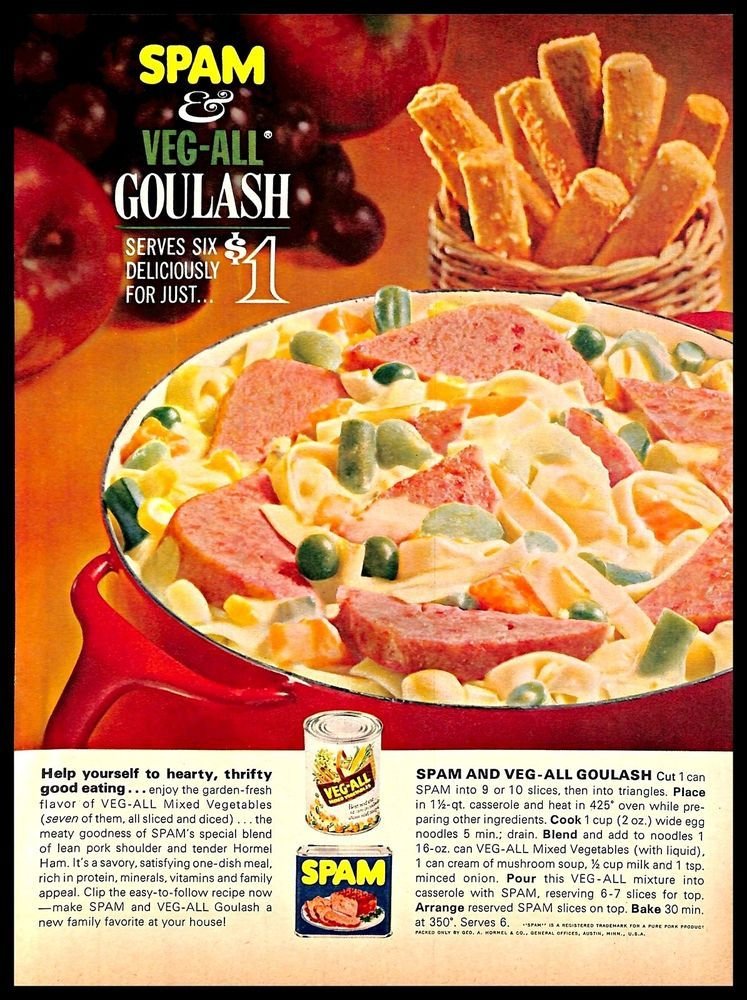
Today is #WomenInSTEM day, and I want to look back at a group of courageous working class women whose battle against fake 'science' and industry malpractice led to us all having a right to a safer workplace.
This is the story of the Radium Girls...
This is the story of the Radium Girls...
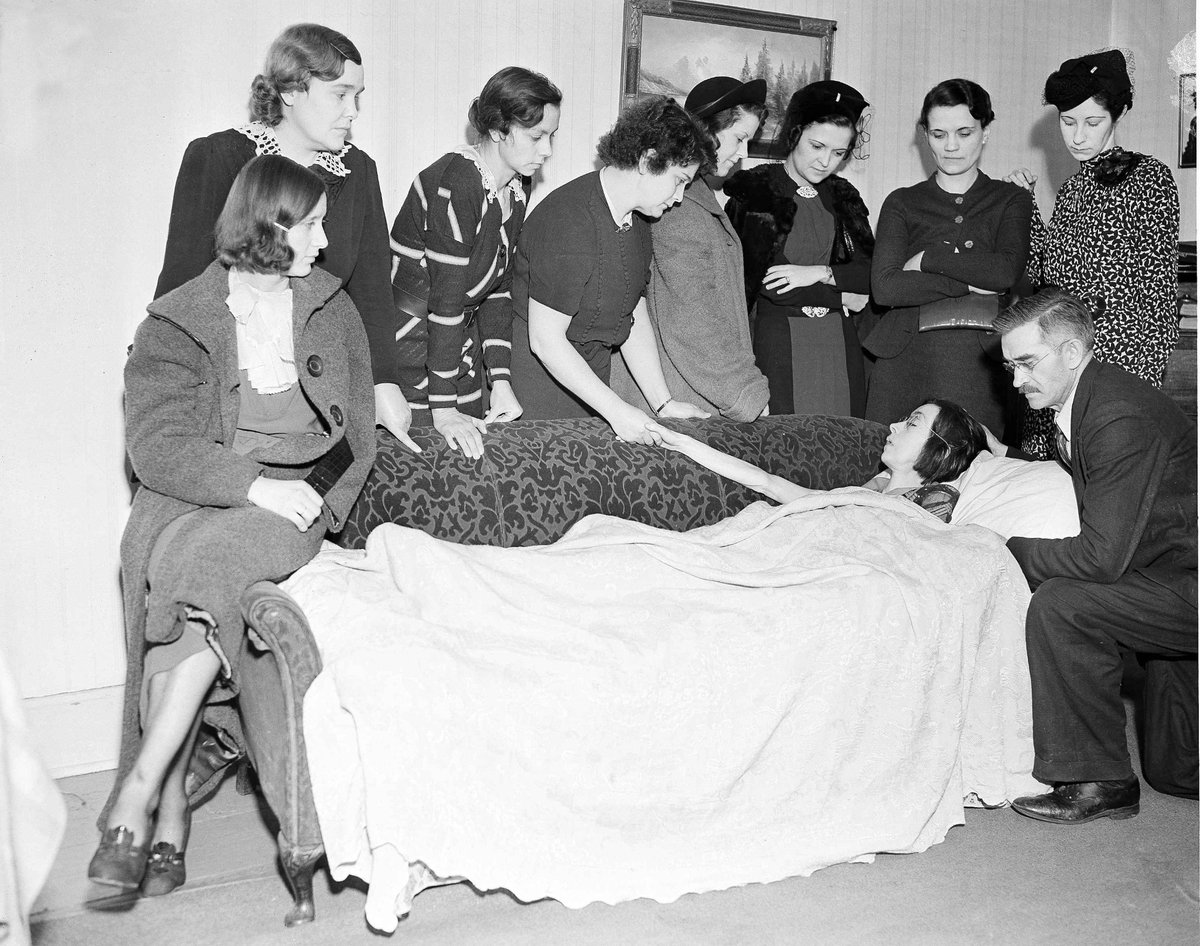
Radium, in the form of radium chloride, was discovered by Marie and Pierre Curie in 1898 and isolated in its metallic state in 1911. Radium amazed people: it seemed to contradict the principle of the conservation of energy. 'Radioactivty' soon became a new buzzword. 
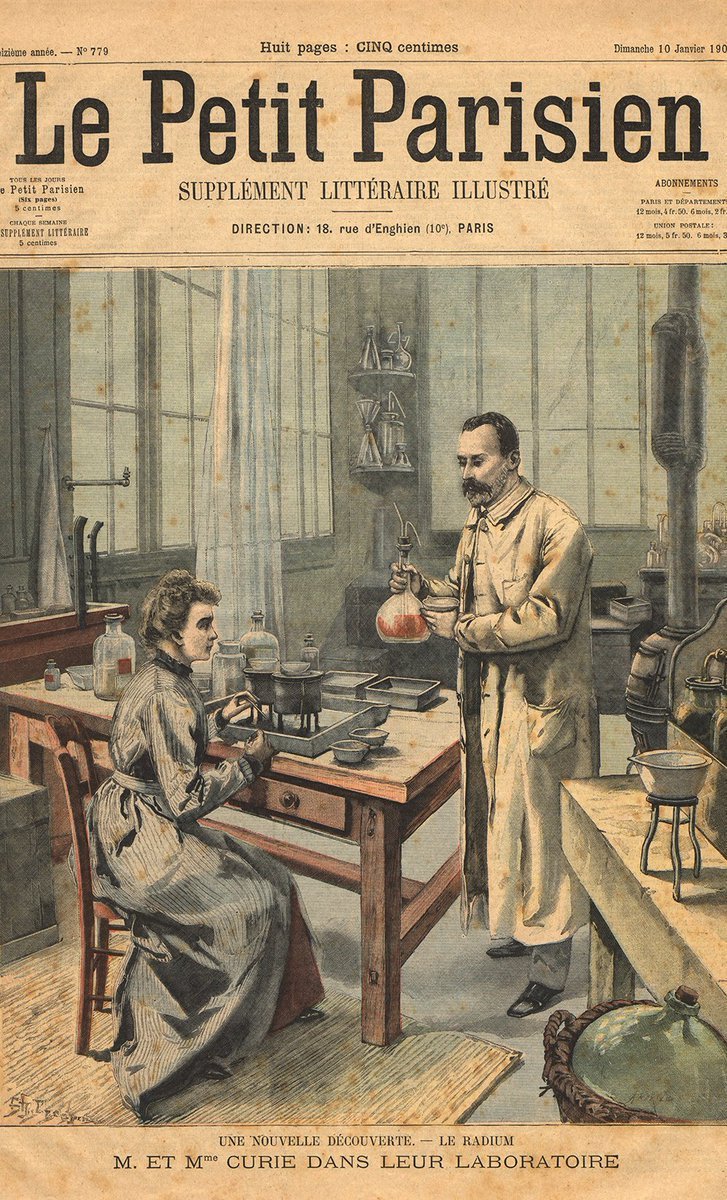
It wasn't long before radium products began appearing. The WWl Trench Watch used self-luminous radium paint to make the watch dial and hands visible in the dark, but not so visible that enemy snipers could identify the wearer. It soon became standard kit for Officers. 
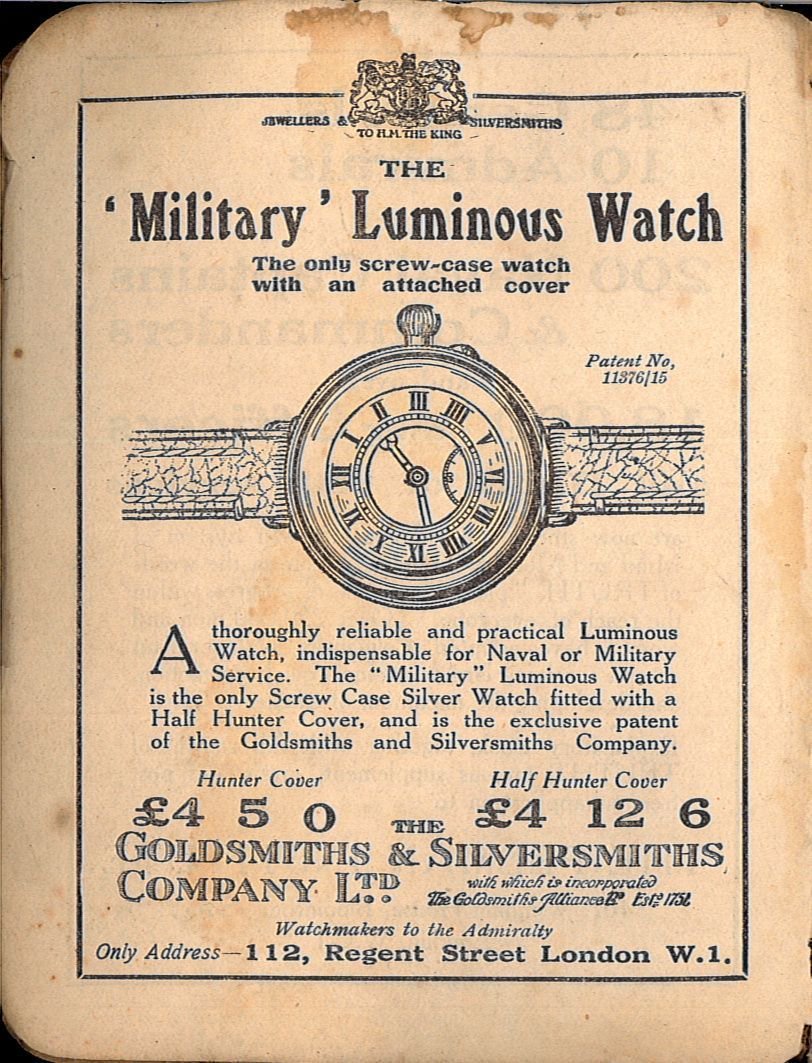
Radium inks and paint used zinc sulfide phosphor to create their luminescence. It degrades relatively fast and the ink loses luminosity in a few years, however it remains radioactive for far, far longer. At the time few knew how dangerous that could be. 
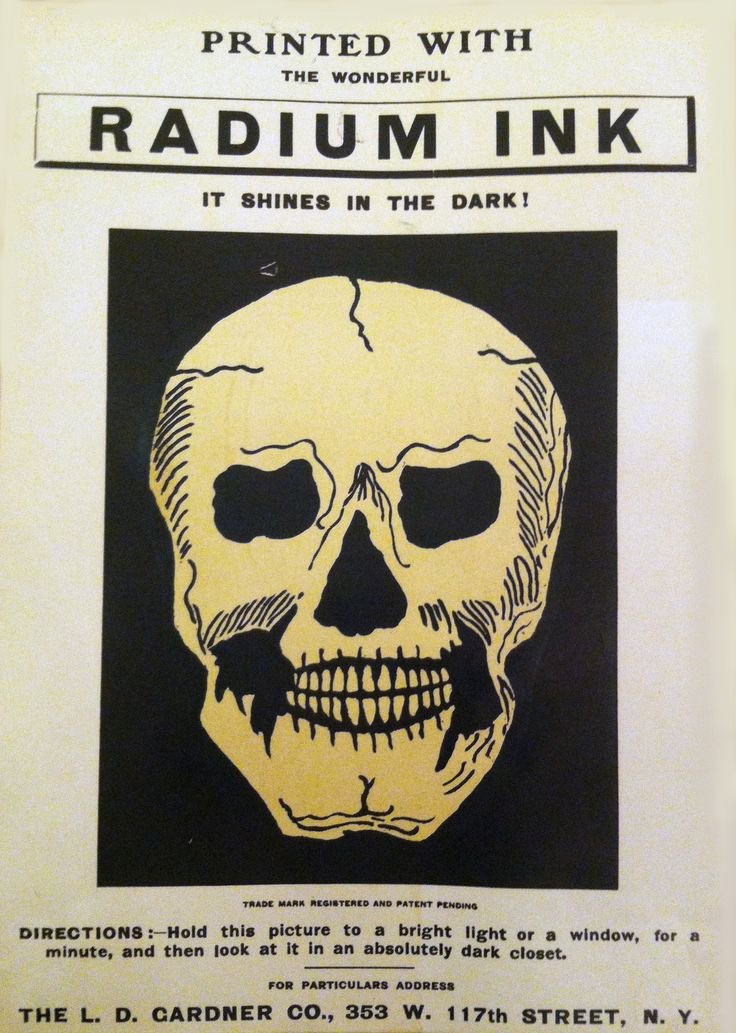
Inhaling owing radium can be fatal. Health effects from exposure include cancer, anemia, cataracts, and death. None of this was fully known when radium was discovered, but it would become tragically apparent as radium began to be used commercially. 
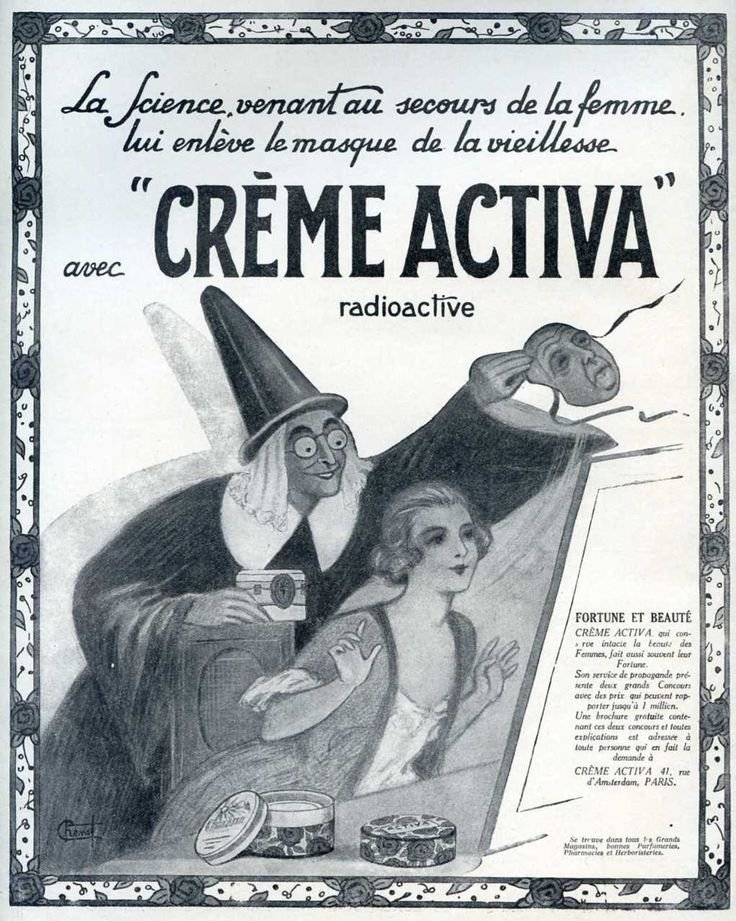
Radium and radioactivity quickly became the main 'miracle' ingredient in quack medicine, with extravagent claims made for its health-restoring and energetic properties. In the 1920s it was marketed as a 'scientific' panacea of wellness. 
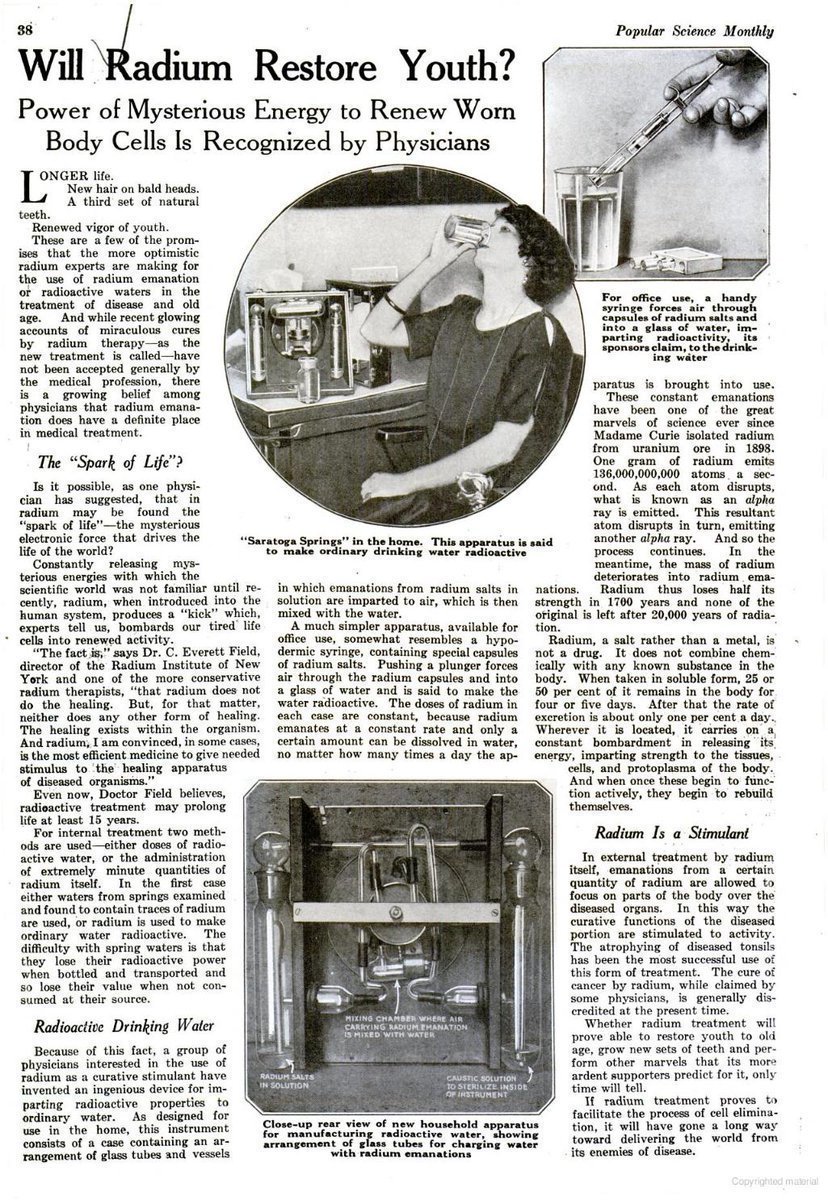
Not to be outdone the beauty industry began to hype radium as a miracle element that could rejuvenate skin, make lips more luscious, and literally make a face glow. Radium started cropping up in more and more products: toothpaste, soap, drinking water. 
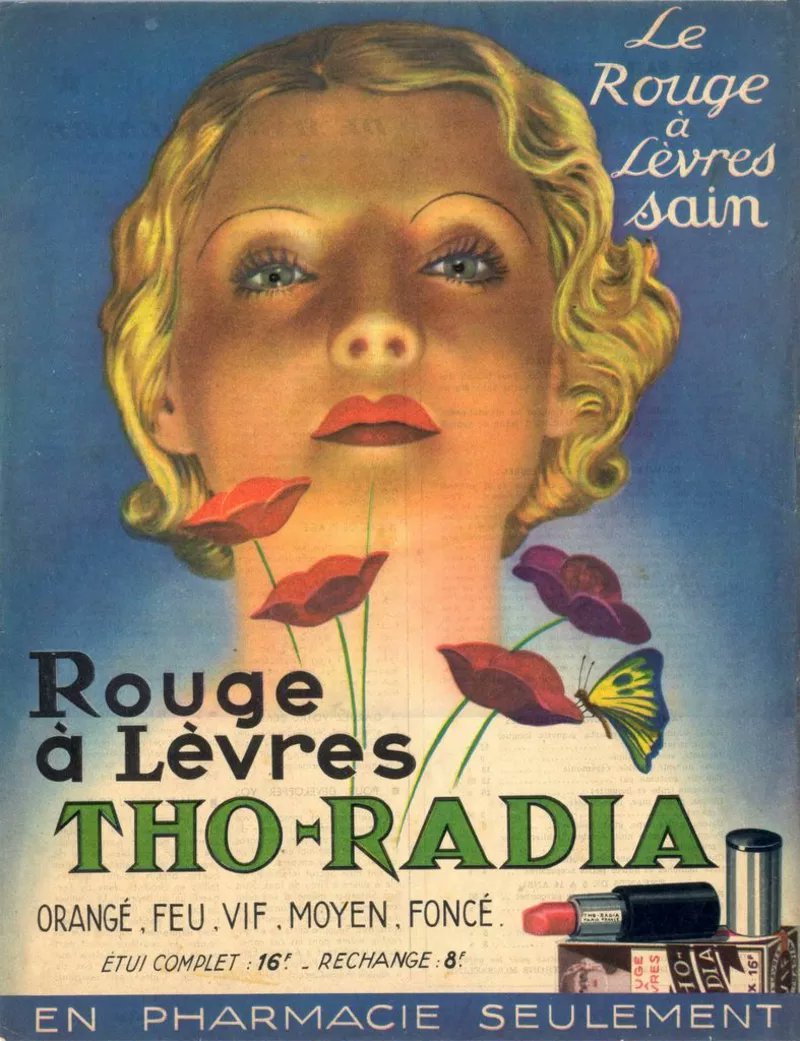
'Radium fraud' was common in many products: their radioactivity was fortunately either very weak or non-existent. This let to the bizarre situation where companies tried to guarantee their goods really did emit radiation at the levels they claimed. 
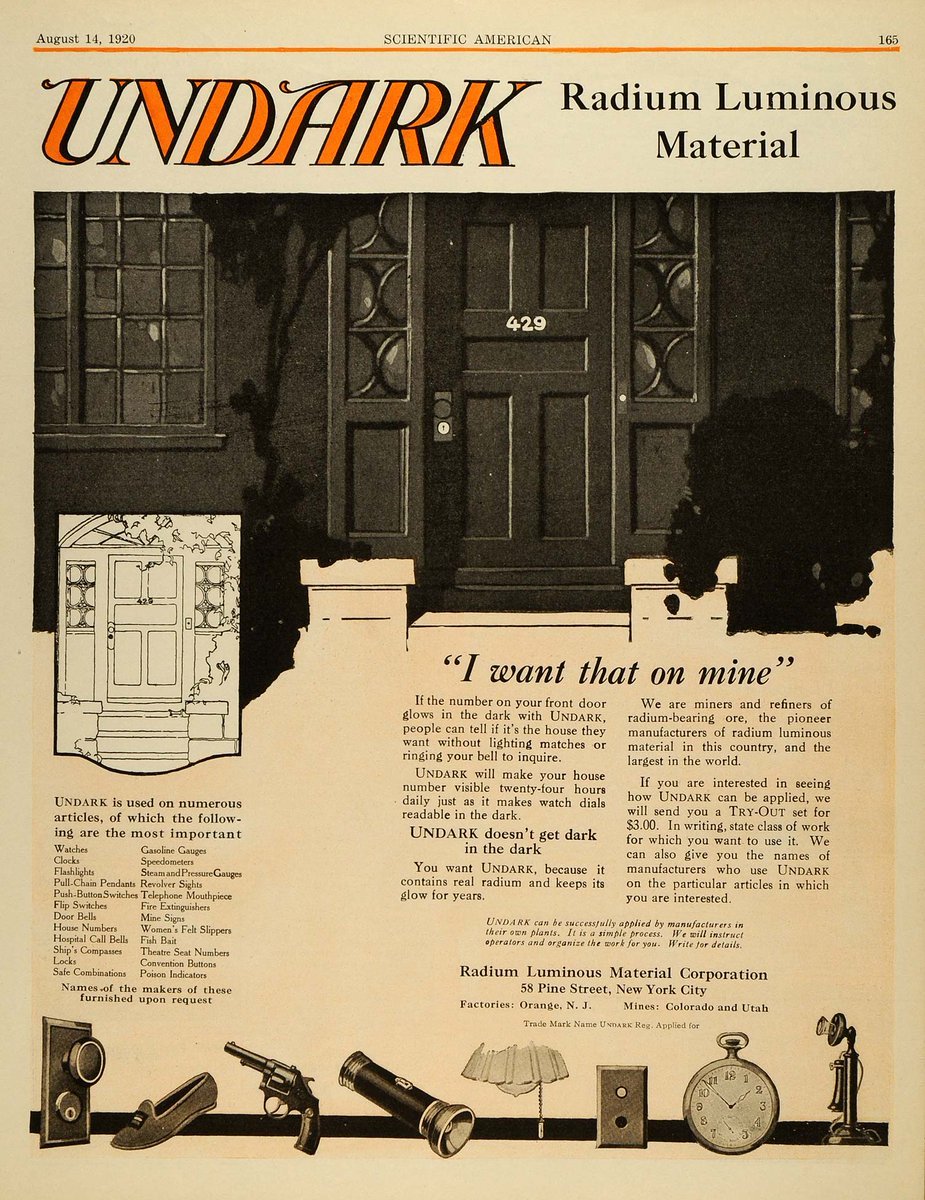
The true dangers of radium exposure were not taken seriously for years: it was in health and cosmetic products so how could it be bad? It would take a number of painful deaths and public lawsuits for the dangers of radiation exposure to be publicly acknowledged. 
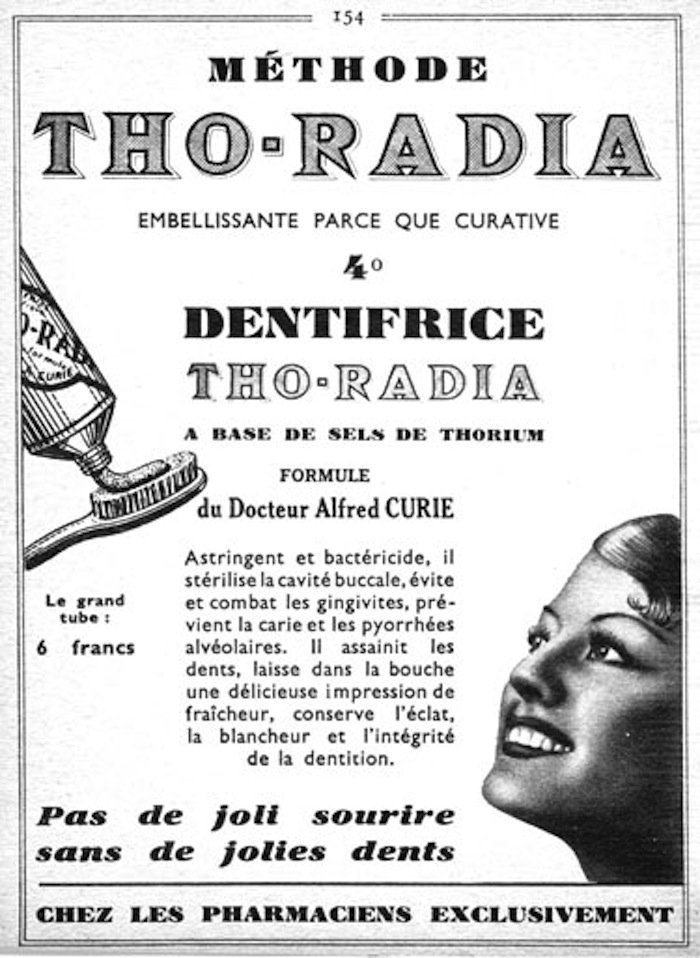
In 1925 the New Jersey medical examiner had been investigating the deaths of women working for the U.S. Radium Corporation. Their job was to apply radium paint to watch dials, and they were encouraged to regularly lick the paint brushes to keep the ends pointed. 
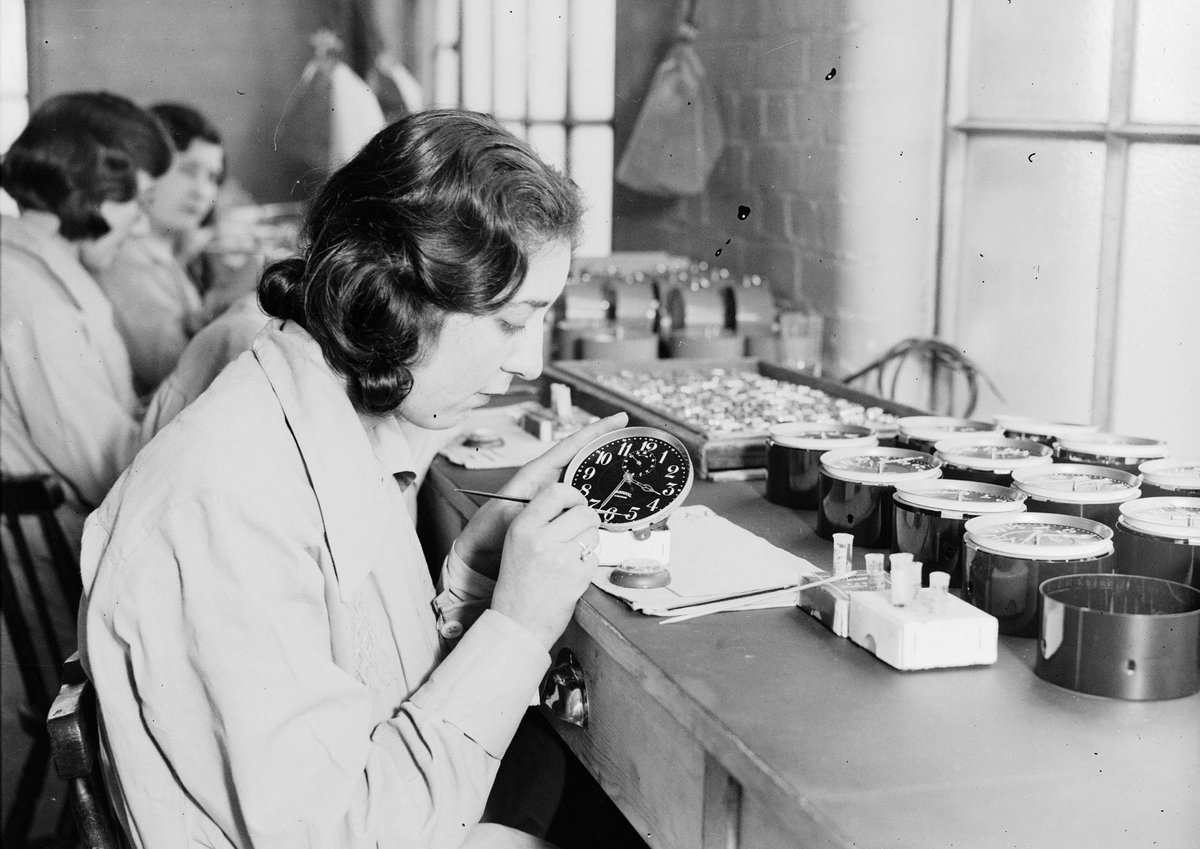
The women workers developed mouth sores, their jaws crumbled, their legs snapped, they collapsed and eventually died. The company paid hush money to the Radium victims, then claimed they had died of syphilis. Radium wasn't to blame. 
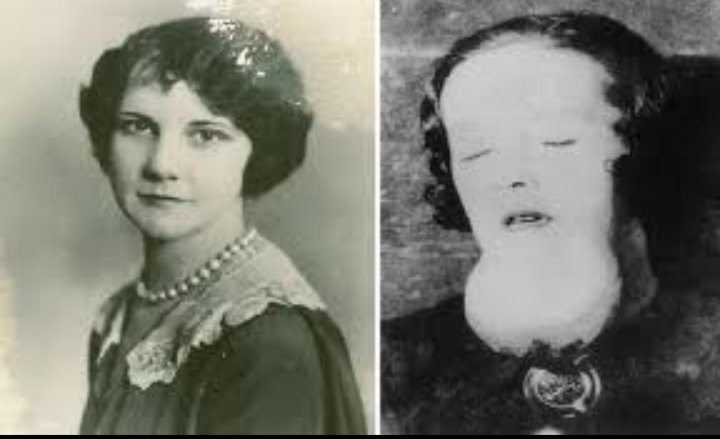
But the evidence against radium was mounting. In 1927 golfer Eben Byers was persuaded that radioactive water would help him recover from arm injury. He drank almost 1,400 bottles over three years before his jaw disintegrated. His death was attributed to 'radiation poisoning.' 
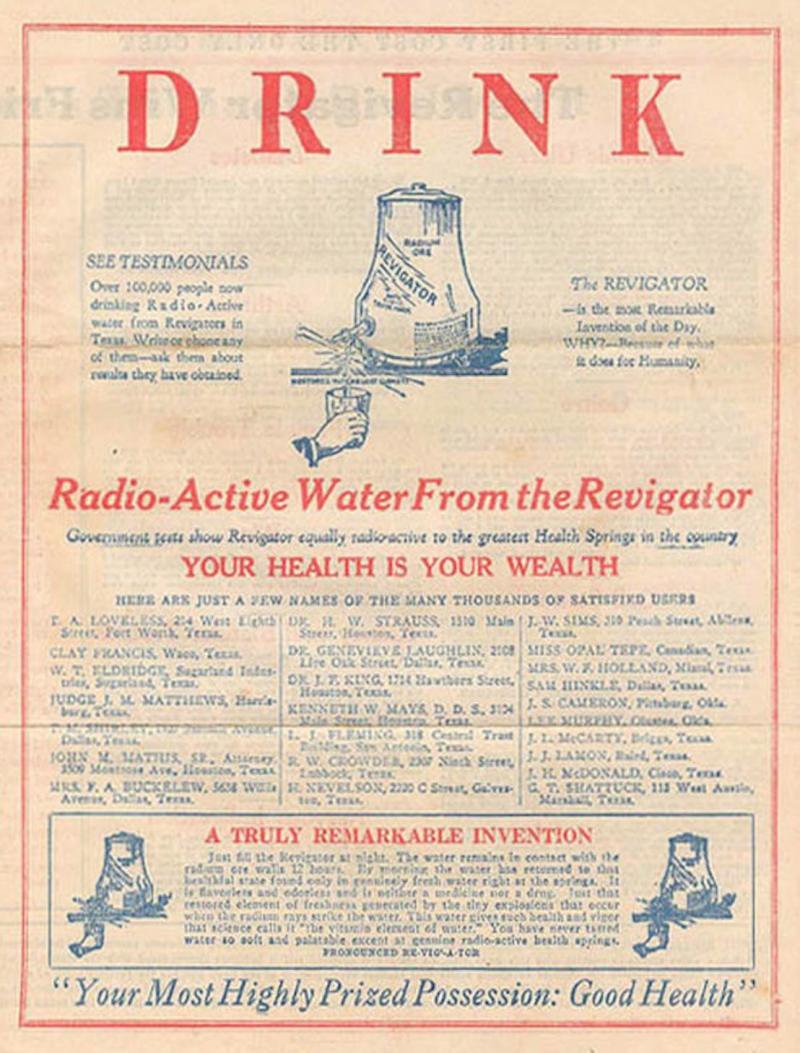
Finally in 1938 five women - dubbed the Radium Girls - sued the Radiant Dial Company they worked for after radium exposure left them close to death. After a long trial and painful testimony they won their case. Health and safety laws about radium were finally introduced. 
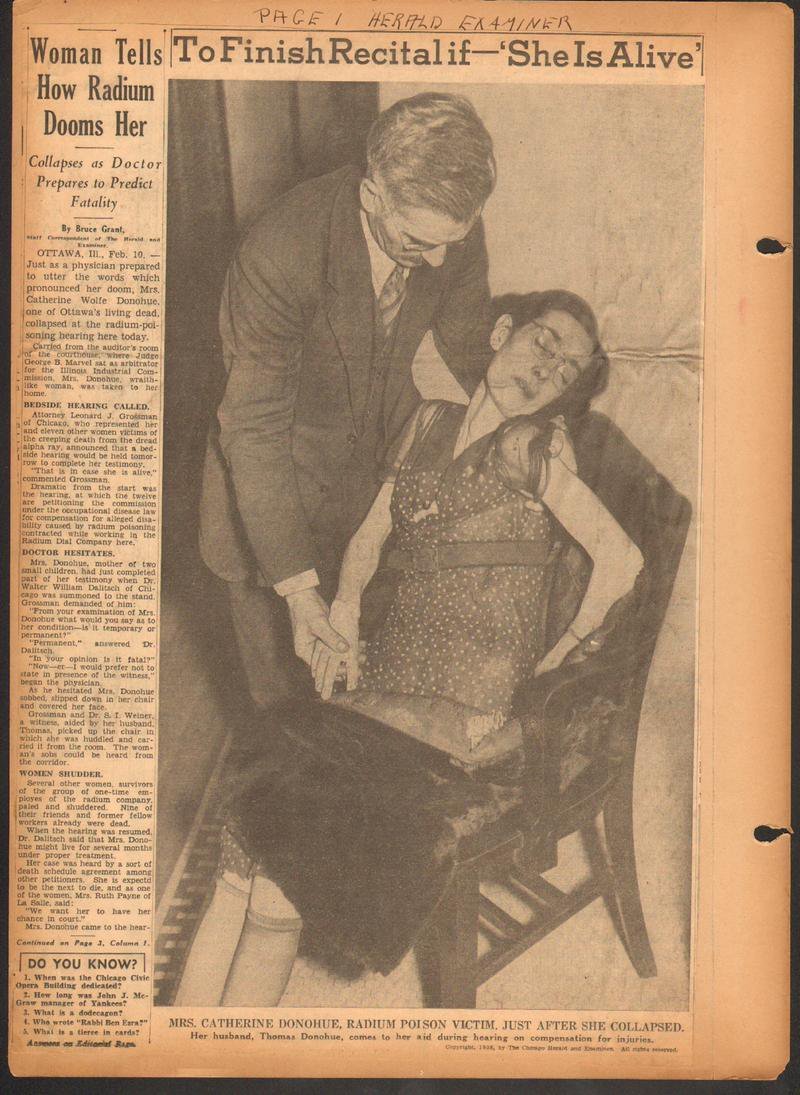
Why did the radium craze take hold? Because there was money to be made in a 'miracle product' that seemed to have mysterious powers. There was consumer protection laws against selling fake radium, but no laws demanding it be proven safe. The industry hushed up the fatalities. 
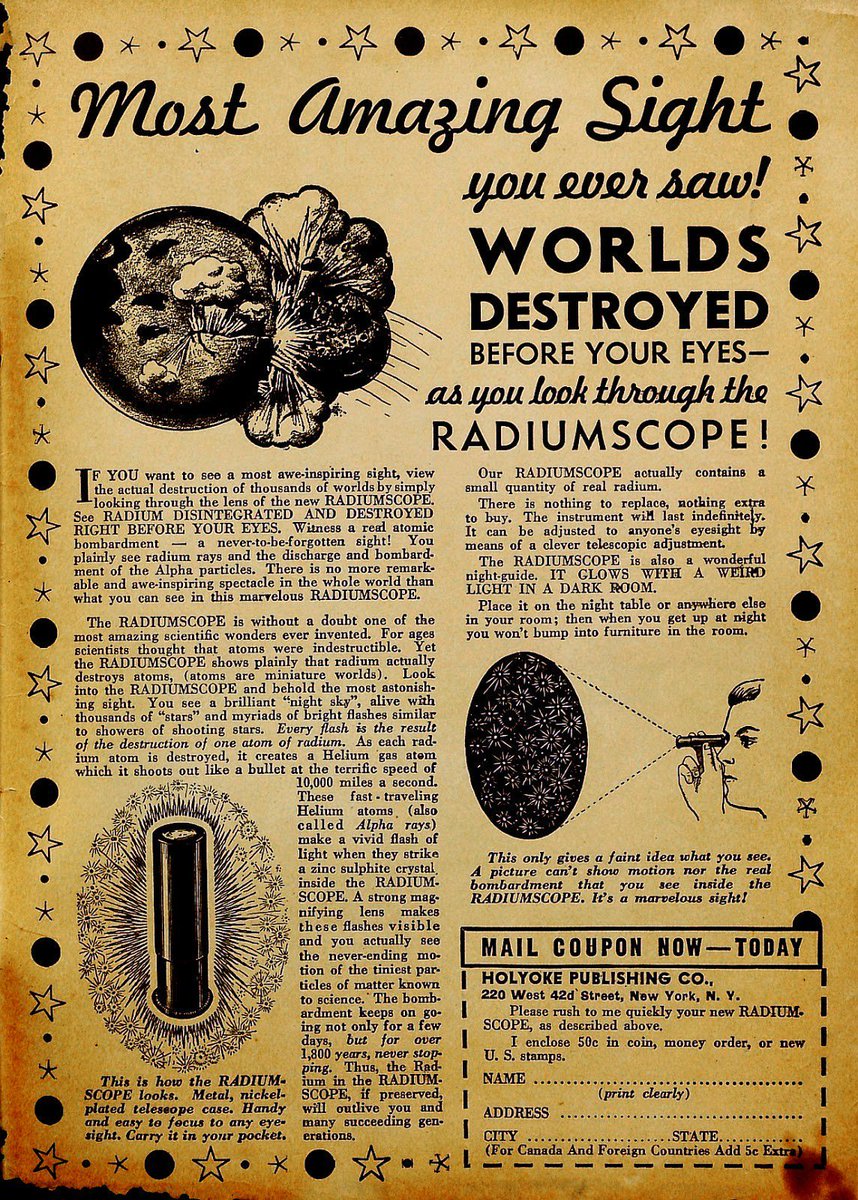
It wad the courage and perseverance of the Radium Girls, some giving testimony from their deathbeds, that forced the law to intervene. Sadly it was too late for many of them, but we have a right to a safe workplace because they made a stand.
More stories another time...
More stories another time...
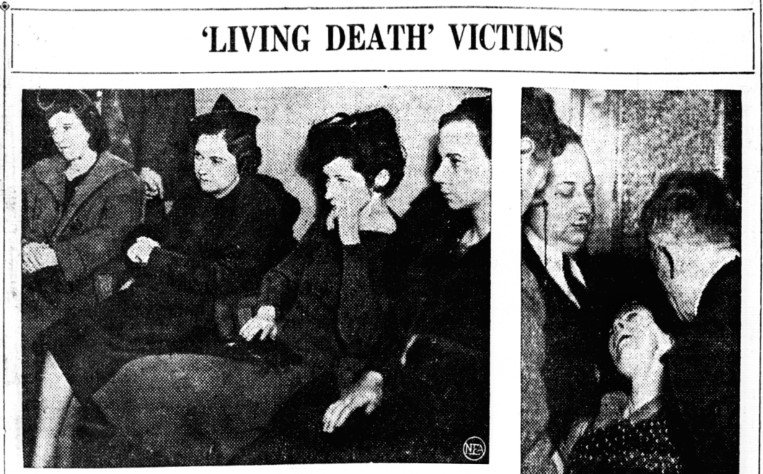
• • •
Missing some Tweet in this thread? You can try to
force a refresh

